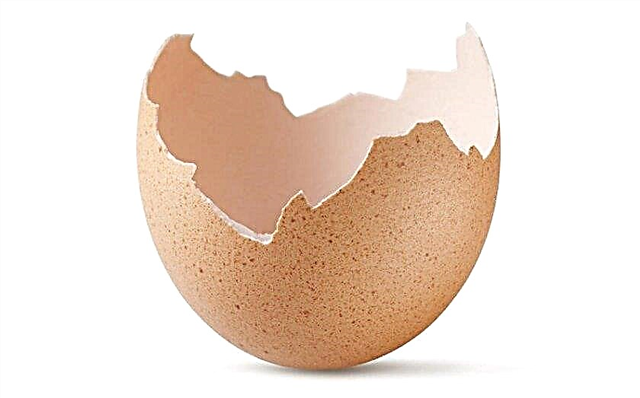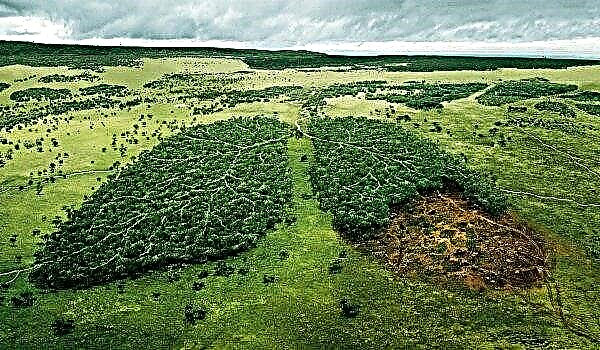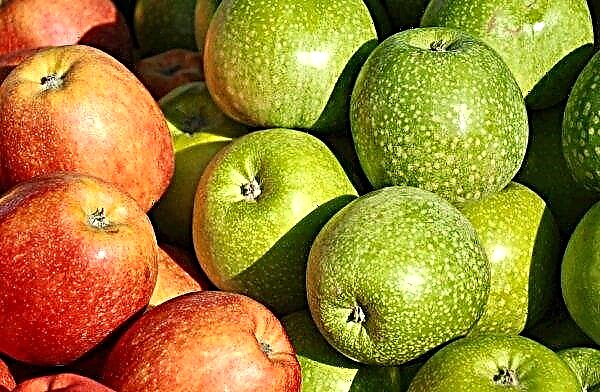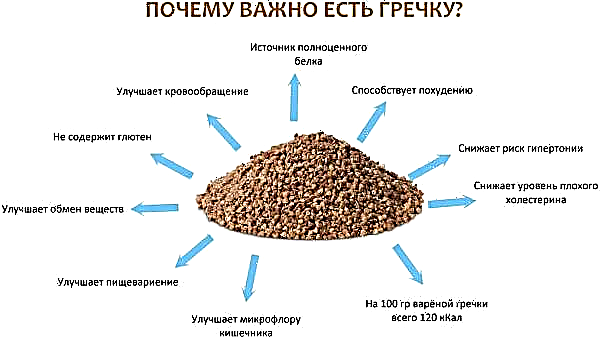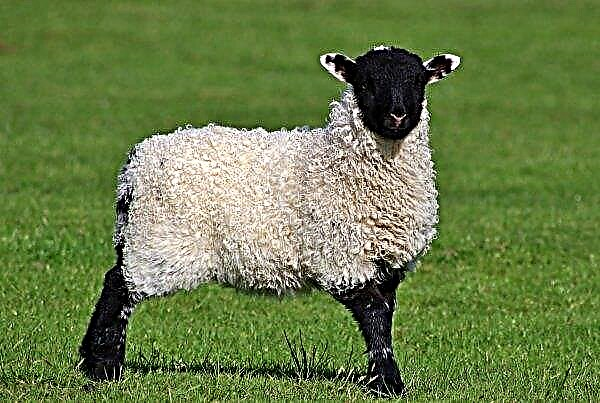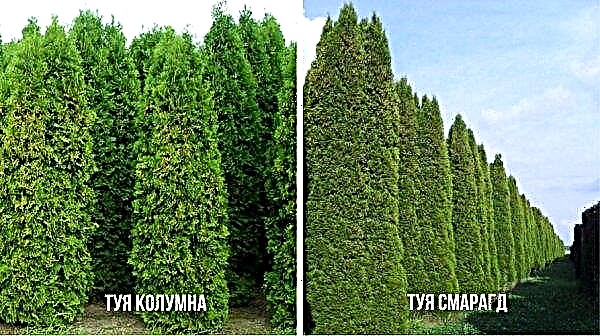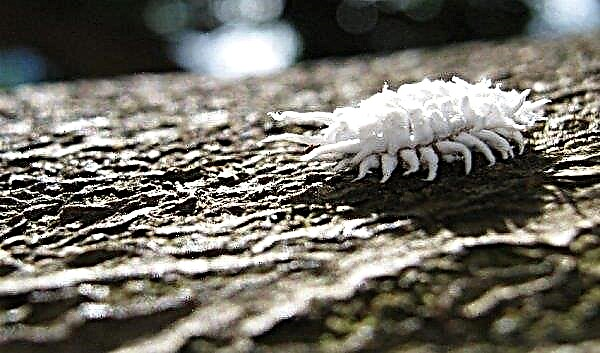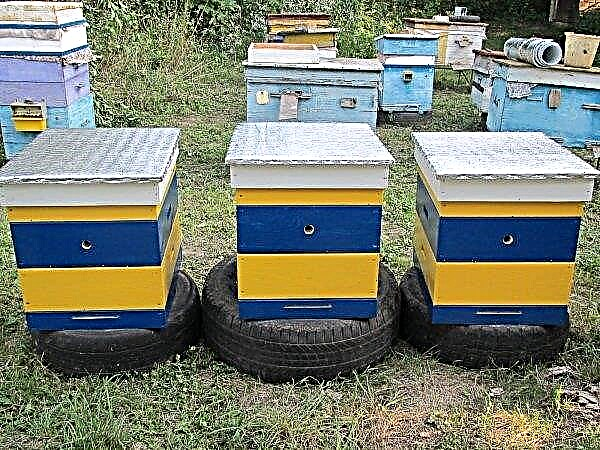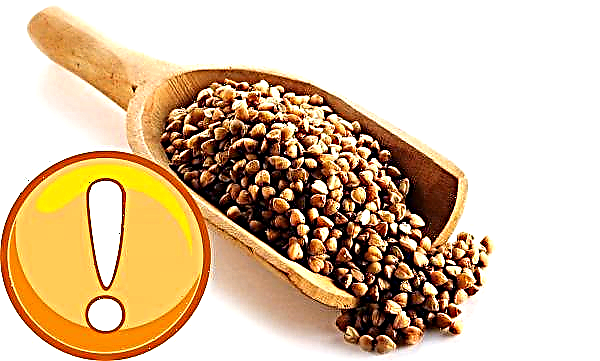Violation of the care of eucharis when grown at home often causes the leaves to turn yellow in the plant. How to fix the situation and prevent the death of plants, read on.
The main reason explaining why Amazonian lily leaves turn yellow is the violation of microclimatic conditions and agricultural engineering rules. When detecting the first signs of disruption of the plant, you need to find out the cause and eliminate it.
Heavy or insufficient watering
An excess or deficit of moisture leads to impaired sap flow in the root system, which leads to a deterioration in the nutrition of the terrestrial part of the plant. When the topsoil dries more than 4-5 cm, the plants are dehydrated.
You can correct the situation by adjusting the watering mode. Proper care consists in irrigation, not carried out according to plan, but based on the condition of the soil. You can check when you need to do this using a thin wooden stick or a toothpick. It is immersed in soil to a depth of 3 cm. If the stick is stained with soil - watering is not needed, otherwise - yes.
Important! When eucharis enters the stage of hypobiosis (this is the name of the phenomenon, which is characterized by a temporary suspension of the vital processes of the plant organism), its leaves turn yellow and fall off. This process is natural if occurs after flowering.
If the earthen lump is waterlogged, and the plant not only changes the color of the ground part, but also quickly loses its foliage, an urgent transplant is needed. Having removed the plant from the pot, the bulbs are carefully examined for rot.
The following symptoms are evidence of the presence of this disease:
- bulbs too wet;
- softening of their tissues;
- the presence of dark spots, the uneven color of this shoot.

In the presence of the above symptoms, it is urgent to begin treatment of the root system:
- With a sharpened scalpel treated with alcohol, cut out the affected areas.
- Powder the slices with powdered activated carbon or wood ash.
- Place the roots on a paper towel and leave to dry for 12 hours.
Yellowing of the foliage and its falling can be observed when irrigating with hard water. Using tap water, it is pre-settled (48 hours) or boiled.Did you know? An extract from the flowers of plants belonging to the Liliaceae family (including eucharis) is actively used in perfumery. Their smell stimulates the nerve centers responsible for mood, which helps increase stress resistance.
 Proper watering of the eucharius is carried out by immersing the pot in a bowl of water for 15 minutes. Then the flower is rearranged in the pan. After excess moisture drains, the pan is thoroughly drained.
Proper watering of the eucharius is carried out by immersing the pot in a bowl of water for 15 minutes. Then the flower is rearranged in the pan. After excess moisture drains, the pan is thoroughly drained.Content temperature
A suitable temperature regime for eucharius is + 18– + 22 ° С. When the temperature drops to +12 ° C in combination with waterlogging of the soil, root decay can be observed. If the irrigation regime is observed correctly, then a decrease in air temperature introduces the plant into a dormant phase, so the leaves turn yellow and fall off. But this is already a natural phenomenon.
Incorrect air humidity
The optimum air humidity for eucharius is 70%. With a decrease in the indicator to 40-50%, yellowing of the foliage is observed with subsequent death. Correcting the situation will help the removal of damaged leaves and spraying. To maintain an optimal moisture regime, air humidifiers are installed near the plant or a pallet filled with wet expanded clay is placed next to the pot.
Direct sunlight
Under the influence of direct sunlight, burns appear on the leaves. Eucharius is not demanding on light: the plant develops equally well under diffuse lighting and slight shading.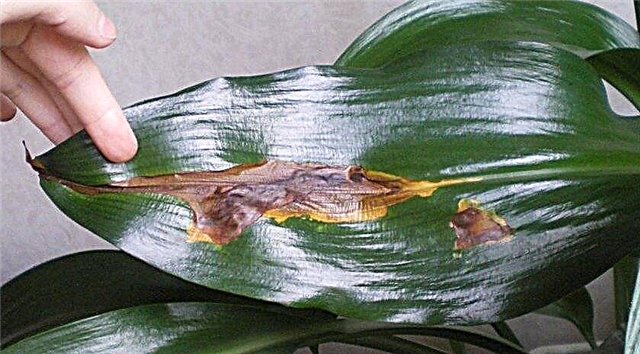 To solve the problem, you need to move the plant to the eastern or western windowsill. Affected leaves must be removed and the plant provided with high-quality top dressing containing potassium, magnesium and calcium.
To solve the problem, you need to move the plant to the eastern or western windowsill. Affected leaves must be removed and the plant provided with high-quality top dressing containing potassium, magnesium and calcium.
Nutrient deficiency
Lack of nutrition will manifest itself in different vegetative parts of the plant, depending on which element it lacks:
- nitrogen, phosphorus, potassium and magnesium - old leaves turn yellow;
- calcium, boron, sulfur, iron, copper and manganese - the growth point and young leaves turn yellow;
- nitrogen and phosphorus - young leaves completely change color;
- iron, sulfur, manganese - loss of color of the apical point while maintaining viability;
- calcium boron - death of the growth point with a preliminary loss of pigmentation.
Important! Periodically, add soil to the pot with eucharius. When performing this manipulation, soil from a buckwheat field can be used. Buckwheat enriches the soil with oxygen and calcium, which will benefit depleted household representatives of the flora.
Damage to plants is caused not only by a lack of fertilizers, but also by their excess. Therefore, when applying top dressing for the first time, divide the dosage indicated on the package by 3. Each time you make fertilizers, increase the dosage by 20% and gradually bring it to the maximum.
Pest
Improper care provokes not only problems with the root system, but also infection of the soil with pests.
It can be:
Pests can be eliminated using insecticides (for example, Actellic). First, they are collected manually, wiping the plants with a cotton swab dipped in soapy water. After 3 days, the leaves are washed with warm water. After another 3 days, the first treatment with Aktellika solution (2 ml / 2 l of water) is carried out. Repeated treatment with an insecticide, if necessary, is carried out after 10-14 days.
A pathological change in the pigmentation of eucharius leaf plates causes insufficient quality care. Any defect can be corrected with timely detection of the problem.


